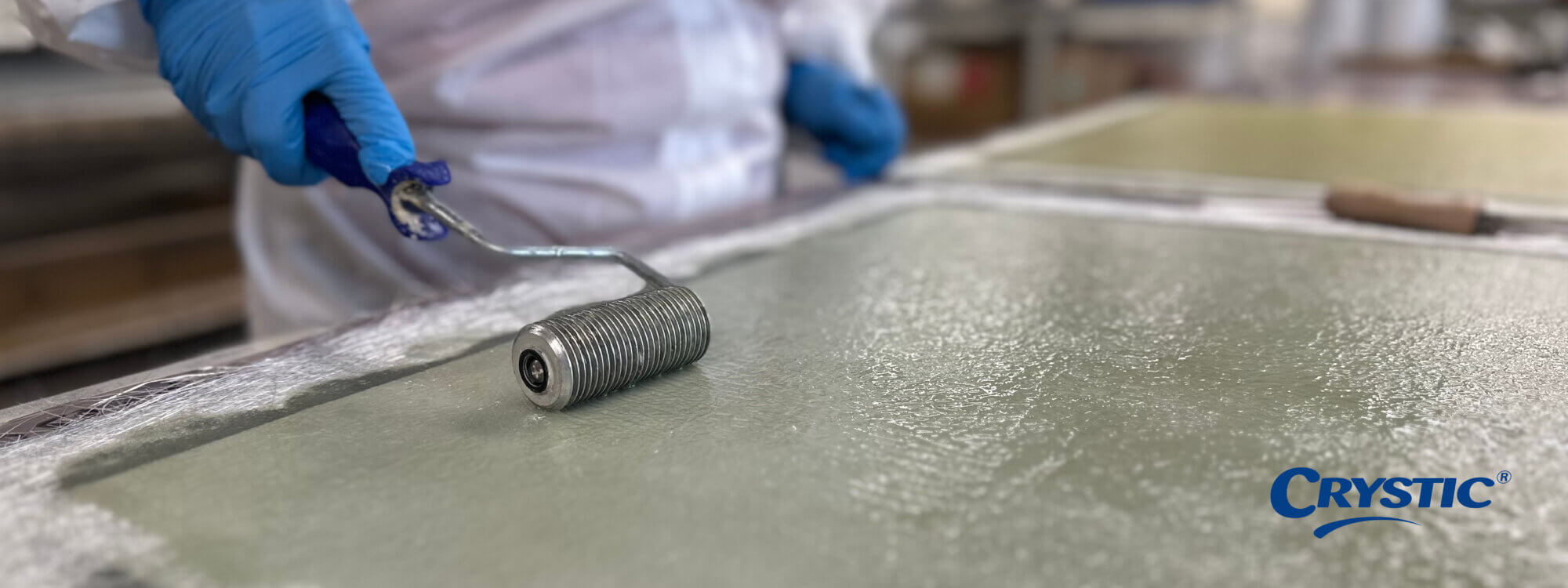Hand lay-up
Hand lay-up is one of the most trusted and widely used processes for producing composite parts. Its a technique that has been tried and tested for decades and is still trusted by many manufacturers today.
Advantages
- The hand lay-up process uses single face tooling, therefore there is no need for a counter mould, improving efficiency and saving costs
- The resin is applied manually so no expensive injection or dispensing equipment is required
- It’s a low cost process with minimal equipment needed that can produce high quality parts
- Resin is processable at ambient temperatures, reducing energy consumption and costs
Disadvantages
- There are mechanical property limitations. Other manufacturing processes, such as RTM and vacuum infusion, offer higher mechanical properties
- It’s a manual process, therefore the human element brings variability in total thickness, resin to glass ratios and final part weight
- Hand lay-up is an open process with VOC exposure, therefore control and safety measures are required
- A secondary process to trim parts is normally required which increases the total time of the process
The hand lay-up process
1️⃣ The first step is to prepare the mould. Usually, a release agent is sprayed onto the surface of the mould to avoid sticking. There is also the option to apply a gelcoat to the mould to achieve a high-quality aesthetic finish for the part.
2️⃣ The next step is to place the reinforcement, typically fibreglass, on the mould. This is a manual process that requires precision and patience to achieve optimal alignment.
3️⃣ With the reinforcement in place, the next step is to apply the resin. The application method varies, it is usually either brushing, spraying, pouring or rolling. It is essential that the reinforcement is completely saturated with resin to ensure there are no air bubbles. This significantly reduces the likelihood of porosity.
4️⃣ Depending on the desired thickness of the part, additional layers of reinforcement can now be applied. This also adds strength and increases mechanical properties. Repeat steps 2 and 3 until the desired thickness and strength is achieved.
5️⃣ The final and crucial step is to cure the part. Curing can be done at room temperature or at a specific temperature, depending on the properties of the resin. The composite part is then released from the mould for further processing.
The hand lay-up process is manual, therefore it offers flexibility in design and is well suited to low-volume production.


